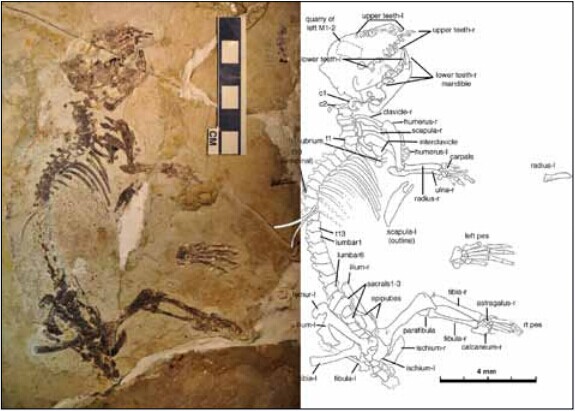Research Institutes
Major Research Achievements
Major Research Achievements Of 2013
(1) New versions of geological maps: The 1 : 5M International geological Map of Asia (IGMA5000)
was published and over 30 basic geological maps were compiled, including the 1 :5M Distribution Map
of Tectonics and Coal-bearing Basins of China, 1 : 5M Plate Tectonic Map of Early Paleozoic China,
1 : 12M Lithofacies Paleogeographic Map of Major Hydrocarbon-bearing Strata of China, 1 : 12M
Distribution Map of Hydrocarbon Source Rocks and Reservoirs of Main Oil and Gas Basins of China.
(2) New advances in research of orogeny and metallogeny in the Qinghai-Tibet Plateau and
adjacent areas: Many new lines of evidence have been found for the hypothesis that the Qinghai-Tibet
Plateau is an orogenic plateau comprised of huge orogenic amalgamated bodies. The research group
expounded on and proved a deep-mantle genesis of ophiolite and proposed a new type of diamond,
namely “ophiolite diamond”, and a model for its deep-mantle dynamics. The research revealed five
events which the basement of the southeastern Qinghai-Tibet Plateau had experienced, established a
3-D dynamic pattern for High Himalaya and put forward a new escape mechanism of “drawer-like
detachment-transform” for the formation of the southeastern margin of the Qinghai-Tibet Plateau during
the period from the middle Paleocene to the early Miocene. The research group overcame numerous
bottlenecks in use of probing techniques and detected strong indicative information from the Moho in
extremely thick crust in the hinterland of the Qinghai-Tibet Plateau.
(3) Serial results in the study of the Tianshan-Xingmeng orogen: A new scheme of classification
was proposed for tectonic components in the crust of this area, and structural attributes of the AlxaDunhuang
block were addressed. Based on continental evolution and cycle, the Crustal Framework
and Structural Division Map of Northern China and Adjacent Areas were compiled and the Mesozoic
Granite Map of Asia was completed.
(4) Breakthroughs in stratigraphic and paleontological study: A multituberculate mammal fossil was
discovered and the result published in Science. A new dinosaur fossil, basal Therizinosaurus, was found
and reported in PLOS ONE. Fossil Oviraptorosaurs, the smallest ever known dinosaur, was discovered
and the finding was published in Nature.
(5) New advances in application of isotopic technique and development of reference material:
Distribution characteristics of iron isotopes in different layers of the crust and from major rock types
were documented and a reference system for tracing iron isotopes was established; Some geological and
geochemical interpretation and analyses of iron isotopes

Rugosodon eurasiaticus holotype
were conducted for some representative ore deposits, and a theoretical model was proposed for tracing
of iron mineralization by means of iron isotopes. Neodymium isotope reference material was developed
and an application was made to acknowledge this material as a national first-class reference material.
(6) Research results in mineralogy and ore prospecting: A new mineral, boron nitride (qingsongite),
was discovered; primary siderite was found in Jixian County, Hebei Province and coexistence of both
high-Cr and high-Al chromite bodies in the Purang intrusion was reported for the first time in the
western Yarlung Zangbo suture zone in Tibet. Under the guidance of the research group, a discovery
was made in the exploration of the Duocaima Pb-Zn ore deposit in Qinghai Province. The pattern of
ore occurrence was ascertained based on structural lithofacies mapping and the orebodies were located
through audio telluric sounding. A proposal for a drilling program for this ore deposit was put forward.
The resources of lead and zinc in this ore block were revised upward from the original 760,000 tons to
the revised estimate of 2.59 million tons, for an increase of 1.83 million tons.
(7) Seismic records of the third nuclear test of Korea were detected with the multi-depth seismic
monitoring equipment at the observatory of crustal movement of the East China Sea.

